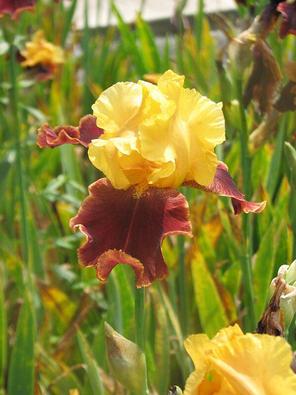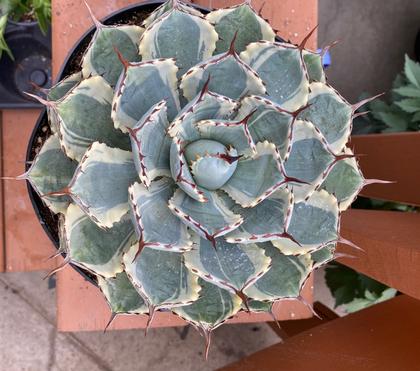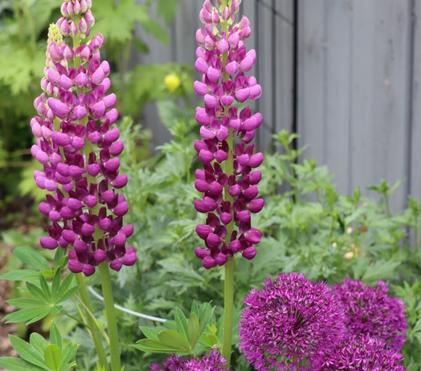"Cutting Back" Perennials
Long-time gardeners sometimes forget that new gardeners might not yet know the nuances of some phrases. There are still some of my grandmother’s gardening phrases floating around in my head that I have yet to decipher, however the last few years in my own garden have provided me with several “aha moments”. Imagine my disappointment learning what “bolt” (describing a plant that has gone to seed prematurely) actually meant.

Ancient Echoes Bearded Iris
When we hear discussions of “cutting back” in late fall, it’s usually about whether the “tops” of perennial plants should be pruned off. Also, the gardening term “tops” in the phrase “cutting back the tops” means cutting all above ground material to a couple of inches above ground level. It’s common to think that everything should be chopped down to the ground in the fall, but some perennials actually need their foliage to protect new shoots through the winter. Other varieties offer up important habitat for local wildlife and some perennials provide height and interest through the winter months.
Perennials to Cut Back In the Fall
Don’t be in a hurry to rush outside and cut plants back. Wait until a few hard frosts have killed back the tops. Using a sharp knife or shears, prune foliage down to just a few inches from the ground or close to the crown and make sure to clear away any weeds or debris from the garden to help prevent disease and rot in the early spring. You can add the material, except ripening seed heads, to your compost heap, but separate and burn any diseased material. Make sure to clean your pruners with a mixture of bleach and water after dealing with any diseased plants.
Plants to cut back in fall:
|
The tops of most perennials, with the exception of those above, are best left intact during winter. The stems catch and hold snow, which is a good insulator, and reduce alternating freezing and thawing of soil. Occasionally we will have a winter like we did last year, and intact tops can mean the difference between survival and failure in some perennials. When left during winter, cut them back in the spring before new growth emerges from ground level.
It may seem like you’ve worked so hard and waited so long to get those beautiful flowers to grow, that it’s counterintuitive to cut them back. Just remember that you are helping them. Cutting back certain perennials can protect them from the cold and spark healthy growth come spring.

